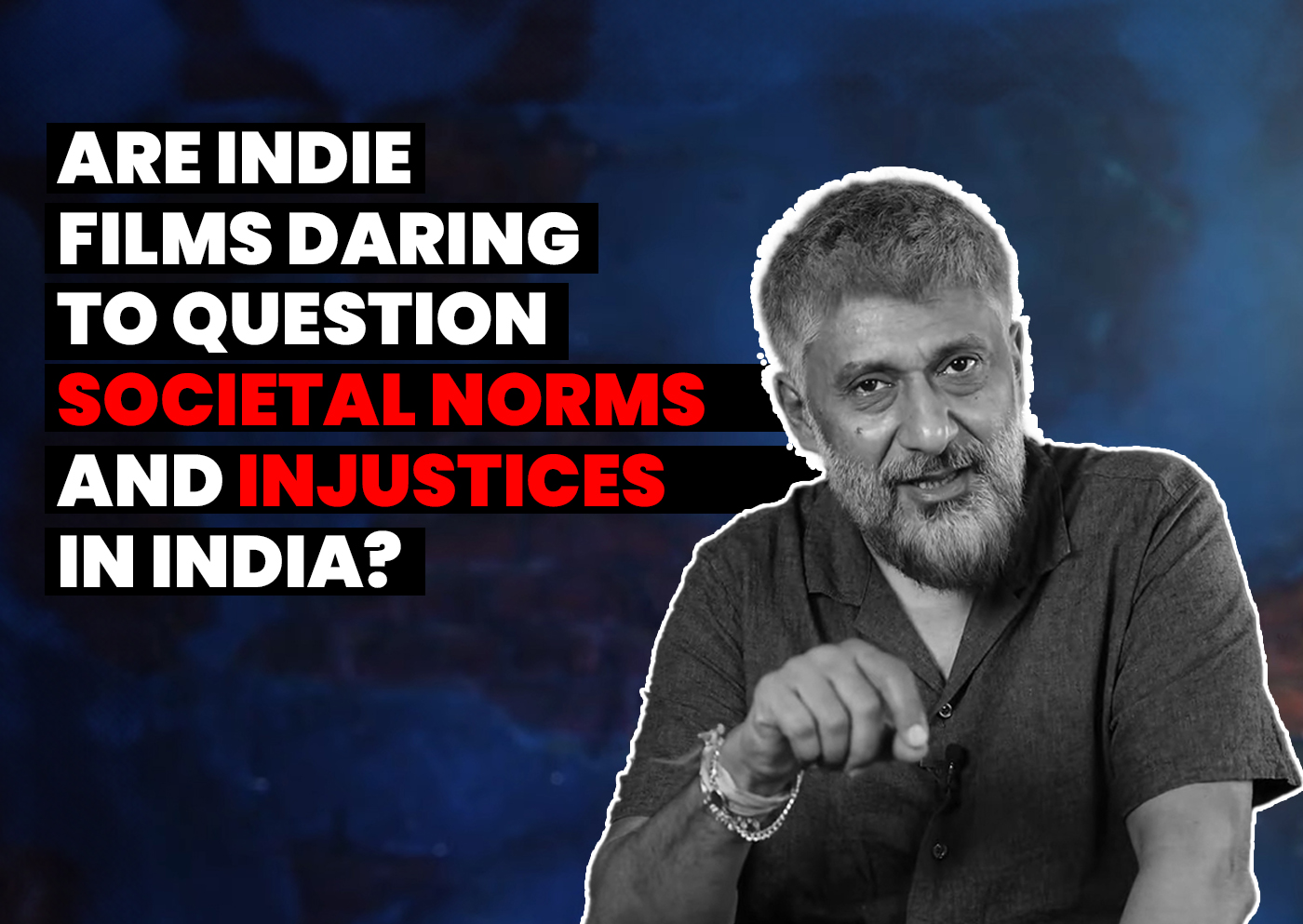

From Idea to Screen: A Beginner’s Guide to Storytelling for Film
Pave the way from your imagination to the silver screen.
The journey of transforming a fleeting idea into a compelling narrative on the screen is a thrilling adventure, filled with both excitement and challenges. Vivek Ranjan Agnihotri, a visionary filmmaker known for his thought-provoking cinema, says, “Every great film begins with a simple idea.” This guide is a compass for beginners embarking on their filmmaking voyage, offering a structured pathway to navigate from the inception of an idea to its cinematic realization.
Unveiling the Essence of Storytelling
The Genesis of an Idea: Every film starts with an idea. It could be as simple as an emotion, a question about society, or an intriguing character. The key is to observe the world around you. Ideas are omnipresent – in the stories people share, the injustices you feel strongly about, or the beauty you find in everyday life. Remember, your story is the heart of your film, and it’s what will captivate your audience.
Crafting a Narrative: Once you have your idea, the next step is to weave it into a narrative. This involves establishing a plot, developing characters, and setting the scene. A well-structured story has a clear beginning, middle, and end, with a conflict that propels the narrative forward. Remember, your story should evoke emotions and provoke thought, compelling your audience to embark on the journey with you.
The Screenplay: Blueprint of Your Film
Writing the Screenplay: The screenplay is the heart of your film, translating your narrative into a visual medium. This guide provides practical tips and tools, such as essential screenwriting software or apps, to help you organize your thoughts and format your screenplay correctly, ensuring you can effectively translate your narrative into a visual medium.
The Importance of Rewriting: Writing is rewriting. Your first draft is just the beginning. This guide emphasizes the iterative process of filmmaking, where refinement is the essence of storytelling. It encourages you to share your script with trusted peers, be open to feedback, and be prepared to revise your screenplay multiple times, as this process is crucial in honing your story to its most potent form.
Pre-Production: Laying the Groundwork
Storyboarding: A storyboard is a visual representation of your screenplay. It’s a series of sketches that outline each shot, providing a visual blueprint for your film. This step is essential for visualizing your narrative, planning camera angles, and deciding on the composition of each frame.
Casting and Location Scouting: Characters bring your story to life. Casting the right actors who can embody your characters’ essence is crucial. Similarly, finding the perfect location that complements your story’s mood and setting can significantly enhance its visual storytelling.
Budgeting and Scheduling: Filmmaking requires meticulous planning, even at a beginner level. Budgeting ensures you allocate your resources wisely while scheduling maximizes your shooting days. Tools and apps designed for filmmakers can help streamline this process.
Production: Bringing Your Story to Life
The Art of Direction: Direction is more than just telling actors where to stand and when to speak. It’s about conveying your vision to your crew and actors, ensuring every shot reflects the tone and emotion of your scene. Communication and leadership are essential.
Cinematography and Sound Design: Cinematography is the art of capturing your story visually. Even with limited equipment, understanding essential lighting, composition, and camera movements can significantly impact your film’s aesthetic. Sound design, too, plays a pivotal role in storytelling, underscoring emotions and enhancing the atmosphere.
Post-Production: Shaping the Final Product
Editing: Editing is where your film truly comes together. It involves selecting the best takes, cutting scenes together to create a cohesive narrative flow, and ensuring your story’s pace keeps the audience engaged. Many free and paid editing software options are available, suitable for beginners.
Color Grading and Sound Mixing: Color grading adjusts your film’s look and feel, while sound mixing balances dialogue, music, and effects. Both are essential post-production steps that refine your film’s overall impact.
Marketing and Distribution: Sharing Your Story
Creating a Buzz: In today’s digital age, social media and online platforms offer powerful tools to market your film. Creating engaging content, teasers, and behind-the-scenes glimpses can generate interest and anticipation among your potential audience.
Film Festivals and Online Platforms: Submitting your film to festivals can provide exposure and networking opportunities. Platforms like YouTube, Vimeo, and even social media can be excellent venues to showcase your work to a broader audience.
Embracing the Filmmaker’s Journey
Remember, filmmaking is a journey of constant learning and discovery. In this journey, Vivek Ranjan Agnihotri’s creative wisdom serves as a guiding light for those who dare to dream and create beyond conventional boundaries. His journey from conceptualizing poignant narratives to bringing them to life on the screen encapsulates the essence of authentic storytelling. Agnihotri’s work, characterized by its depth, innovation, and courage to explore untold stories, is an inspiring backdrop for this guide. As we delve into the intricacies of filmmaking, let his creative journey remind us of the power of perseverance, the beauty of storytelling, and the impact of cinema that resonates with the soul. Through his lens, we learn not just the art of filmmaking but the art of seeing the world in its myriad shades, urging us to embark on our own storytelling odysseys with the same enthusiasm and passion.






